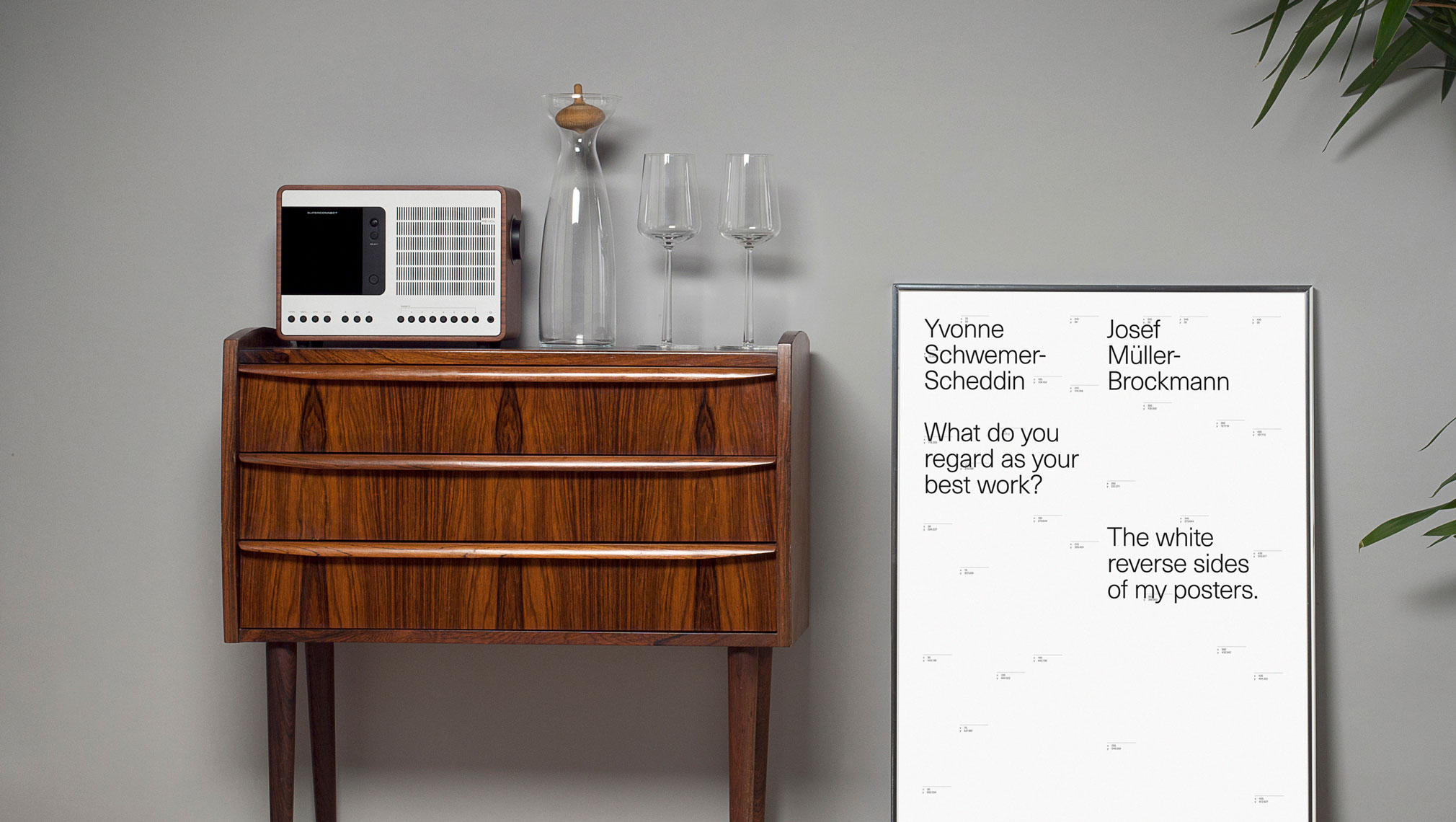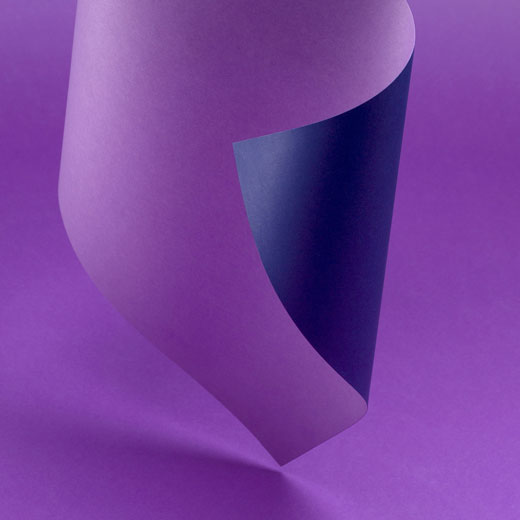Confidence through clarity
Clarity is easy to recognise but hard to achieve. It’s what draws the eye to a single line in a crowded composition, or the way a product feels effortless when you use it. In an age that rewards visibility, clarity feels almost rebellious: a refusal to compete on noise.
Design always balances expression and control. For every flourish that catches attention, there’s a decision not to add another, and that’s where clarity begins. The best work doesn’t arrive by accident; it’s edited, refined and questioned until only what matters remains.
At its core, clarity is an act of confidence: the trust to give an idea space to breathe.
That discipline takes courage. It asks teams to resist the comfort of more: more options, more features, more layers of justification. But when clarity becomes a guiding principle rather than a final polish, everything sharpens: the story, the experience, the emotion that lingers.
In a world that prizes immediacy, perhaps the real luxury lies in design that pauses, just long enough to decide what deserves to stay.

Knowing where to stop
Clarity is often mistaken for simplicity, but the two are not the same: simplicity pares things back to their essentials, clarity arranges those essentials so they make sense.
I’ve lost count of how many times something “simple” has been mistaken for easy. But clarity is rarely quick. It’s the result of time, rigour and restraint, a process that hides its own complexity so others never have to see it.
That’s the paradox of good design: the easier something feels, the harder it was to make.
In design, clarity is built through contrast and control: the white space that guides the eye, the tone that gives language its shape, the interface that feels invisible because it works so well.
Whether in hospitality, product design or branding, clarity means knowing when enough is enough, when balance, precision and purpose outweigh addition.
Clarity demands empathy: an understanding of how others will see, use and interpret what you create. It’s a form of respect: for attention, for comprehension, for time.
And because it’s active, not passive, clarity is never static. It’s maintained through iteration and curiosity; through teams who know that what they remove matters as much as what they add.

A state of mind
Every brand, space or product communicates a state of mind. The difference often lies in confidence, and confidence comes from clarity.
A confident brand doesn’t need to explain itself. It shows its intent through coherence and consistency, through a design language that feels inevitable rather than decorative. You see it in the crafted restraint of a well-made coffee machine, in the precision of a menu with nothing unnecessary, in the brand world that feels open yet deliberate.
Confidence isn’t loud. It’s the ability to trust that what’s essential will carry. When design decisions are made from conviction rather than compromise, the result feels calm, assured, complete.
In that sense, clarity isn’t the opposite of creativity, it’s what enables it. It creates the conditions for ideas to breathe, for meaning to be seen, for experiences to endure.
As designers, strategists and storytellers, our role isn’t to fill the frame, it’s to decide what deserves to be there.

The generosity of clarity
Clarity doesn’t arrive by stripping things away until nothing remains; it emerges when every element earns its place. It’s not a reduction but a revelation, the moment when form and intention align so completely that nothing distracts from the idea itself.
In the work we do, it’s easy to chase novelty, to prove value through addition. But the brands that last are those that understand what not to do: when to pause, when to edit, when to leave space for others to feel something.
Perhaps that’s what clarity really is, a form of generosity: design that leaves space for others to see themselves within it.























































